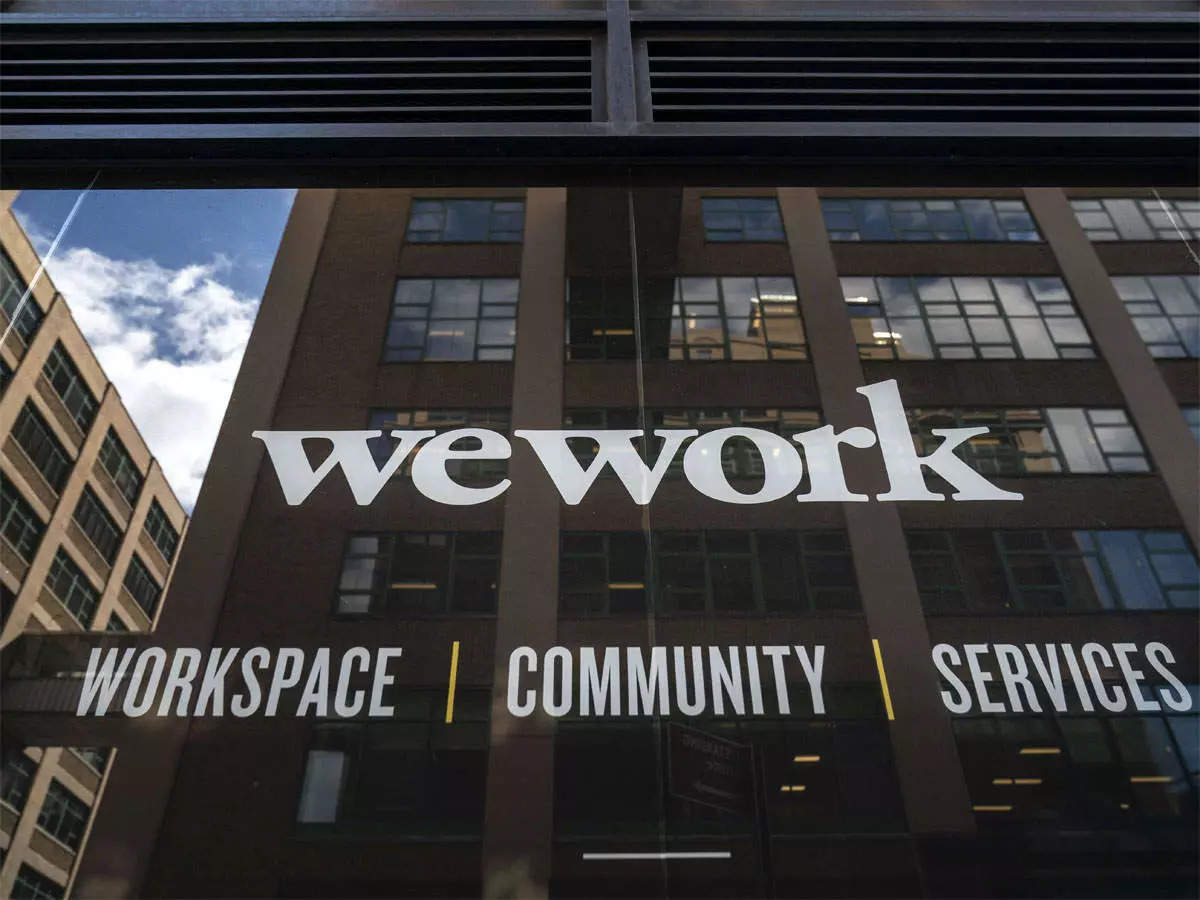
Lessons from Wework
- Business Meeting
Many startups have reached unprecedented heights in this decade, while others have failed. The narrative of WeWork, a co-working facility that began as one of the most promising businesses of this decade but was ultimately bailed out by its own investors, may, however, be the most intriguing of all. WeWork was valued at $47 billion at the height of its growth, but in less than a year, it needed a $8 billion cash infusion to stay afloat.
How It All Began
Adam Neumann, the company's longtime CEO and co-founder who is now out of the picture, came to New York to attend college. After attempting a few different ventures, he got the bright idea to divide up a room and rent it out alongside Miguel McKelvey, a co-founder of the firm and a qualified architect. The two got their start with a business called Greendesk, which served as the prototype for WeWork before being acquired.
In 2010, WeWork was established, and New York City was a wonderful place to launch a co-working business. WeWork actually had a solution for many landlords who had vacant office buildings sitting on their hands, and their first building was established on Grand Street in downtown Manhattan. A venture capital company by the name of benchmark made an early investment in the company shortly after it began to flourish, and they used the funds to expand and sign new leases.
Explosive Expansion
As of 2015, WeWork has had 23,000 paying members across 32 sites, quadrupling its capitalization to $10 billion. Desks could be hired from the firm for as little as $45 a month, and rather than just standing out as a co-working space, the business created a sense of community for people who are working together and had similar interests. More investors were now paying attention to the booming startup.
In 2017, SoftBank joined the scene and made an approximate $8 billion investment in WeWork, bringing the company's valuation to a staggering $20 billion. With the support of SoftBank's investment, the firm rapidly increased its global footprint. In 2019, SoftBank discussed a potential $16 billion investment, which would have given it a majority share in the company.
While WeWork was expanding, another business called IGW was doing well and trading for a small portion of WeWork's value. When comparing the two businesses, IGW was profitable whereas WeWork wasn't. However, after receiving funding from SoftBank and the go-ahead to use it, the startup went on to expand globally, make investments in other businesses, and even construct a private primary school in New York.
The Crash
WeWork was growing at a never-before-seen rate, and its price was sky-high, yet there was no real profit to be seen. This is being attributed to careless spending by a business that made numerous poor investments. The startup initially gave its investors access to the company's success indicators when it announced in August 2019 that it was filing for an IPO.
The documents also showed that WeWork lost roughly $690 million in the first half of 2019, pushing its three-year total of losses to almost $3 billion. Investor reluctance caused by the company's enormous losses and the fact that it isn't prepared to go public as a business that safeguards shareholder value changed a lot of things. WeWork formally postponed its eagerly anticipated first public offering on September 17.
Lessons for Startups
It is clear that WeWork's upper management lacked control and accountability for their actions. The absence of board oversight, wholly unprofitable business operations, and lack of adult voices in the room almost brought the company to its knees. WeWork is said to be a strong illustration of the idea that any business can't progress too far without effective management and monitoring.
